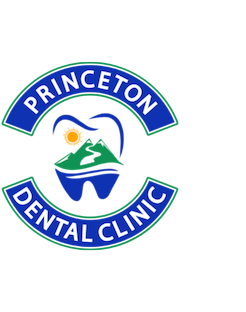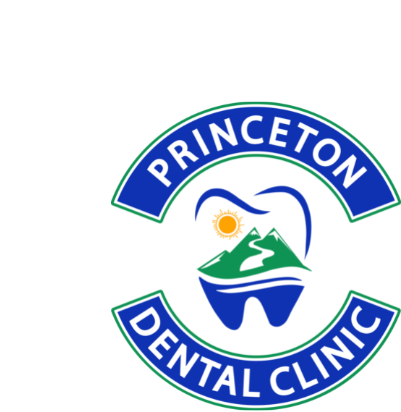
Orthodontics – Invisalign
Orthodontics treatment can be considered to have 3 phases. The dentist assess’s all patients bite and tooth position at New Patient and Recall Exam Visits. When a patient has non-ideal tooth positions this is called a Malocclusion. Children are assessed for dental development at each visit and the dentist looks for potential malocclusion issues. These issues can be identified as belonging to either Dental (Tooth Position) related or Jaw Growth (Skeletal) related or Both.
Phase 1 – Interceptive Orthodontic/Growth Guidance (Ages 6-12)
This refers to treatment that occurs in primary or mixed phases of dental development. Typically between ages of 6-12. The primary goal of interceptive orthodontics is to guide or control jaw growth and guide or control tooth eruption and position to try and optimize a child’s dental development.

The goal of interceptive orthodontics is to set the child-up so that tooth and jaw position will be ideal for Phase 2 treatment or so that the patient will not require braces or clear aligner therapy in Phase 2.
Phase 2 – Orthodontic Treatment (Ages 12- Adult)
Phase 2 treatment can be classified as Adolescent or Adult Orthodontics. The main difference between the two classifications is that during Adolescence more opportunity to control skeletal growth exists. During this phase opportunities to correct malocclusion issues related to the skeleton exist. Once a patient ceases jaw growth opportunities for skeletal corrections are limited and often require jaw surgery in addition to orthodontic correction of tooth position.
Ages 12-18 Years
Phase 1 patient’s may be transitioned into Phase 2 treatment. Depending on the patient’s jaw and dental development the patient’s Phase 2 may be straight forward or complex.

Adult Orthodontics
Once growth of the jaw’s are complete skeletal corrections are very difficult. Orthodontics during adult life may be fairly straightforward or can be very complex and difficult. Depending on the objectives of treatment and the desired patient outcomes Clear Aligner therapy may be an ideal option for you. It is best to have an assessment completed by the dentist and discuss if Clear Aligner Therapy is ideal for you.
Phase 3 – Retention
Following orthodontic treatment various forms of retention may be utilized to ensure that tooth position is maintained. This can involve permanently placed wires, traditional retainers or Essix type Clear aligners.
Depending on the difficulty and complexity of the orthodontic case a referral to an Orthodontist may be required.


